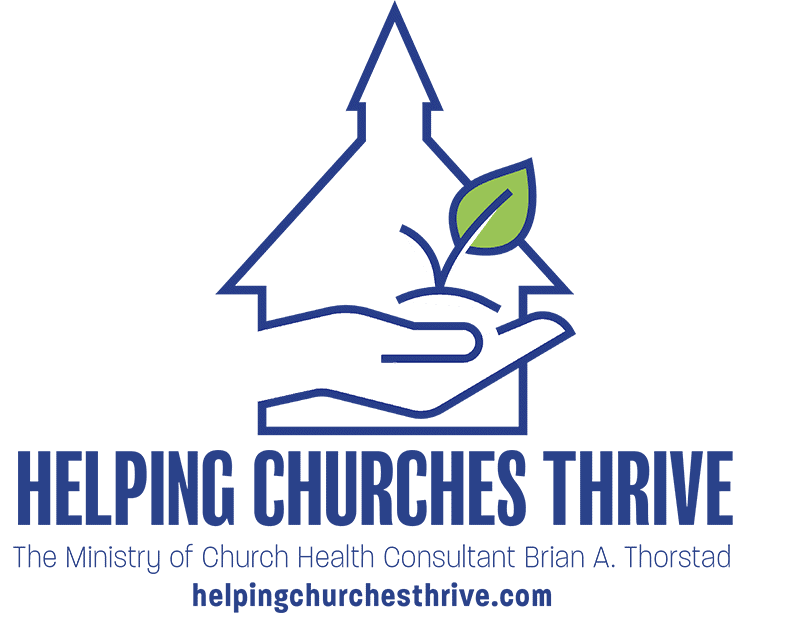Things have changed. Today’s interim pastors, who sometimes prefer to be called transitional pastors, are doing interim ministry in some very different ways than their predecessors.
Broadly speaking, there are three kinds of interim pastorates. Trial interim pastorates are called for when the church or the pastor is unsure about making a long-term commitment. It’s kind of like living together instead of getting married.
Accidental interim pastorates usually happen when an unsuspecting minister tries to take the place of a BP (“Beloved Pastor”). Some BPs are hard to follow because they are so gifted; most are hard to follow because they served so long and became so well loved that they are an impossibly hard act to follow.
Intentional interim pastorates are a few months to a few years in duration. They are deliberately limited in length. The pastor usually contracts to stay until the new long-term pastor is ready to begin. In some cases this position is only part time, though increasingly, these pastorates are full time.
We can think of the types of intentional interim pastorates as points on a continuum.
The Intentional, Transitional (Interim) Pastoring Continuum
Traditional Model Renewal Model Transformational Model
At one end is the traditional model (as described above).
In the middle of the continuum you find the renewal model, in which the pastor seeks to help the church to think through its past and get ready for its future. It’s kind of like getting over a departed spouse and getting ready to marry again.
This model was first described by the “father of modern interim pastoring,” Loren Mead. Mead first identified the following tasks which the renewal model interim pastor seeks to help the congregation work through:
- Coming to terms with its history
- Discovering a new identity
- Allowing for and empowering new leaders
- Reviewing its denominational relationship
- Committing to new leadership and a new future
This is the model that my wife and I learned about fourteen years ago, that inspired us to want to get into this work. I had always had a passion for healthy churches. We were empty nesters who were, as in the commercial, “free to move about the country.” We concluded through prayer and long talks with advisors that God had been preparing us for this work all of our lives.
We sold our home, I studied everything I could get my hands on concerning interim ministry, and off we went. For thirteen years we opted for the most radical way to do this work, moving with everything we had, over and over again.
At the far end of the continuum is the transformational or redevelopment model, which involves the pastor leading the church through a virtual re-start or re-boot. Each of my six completed interim pastorates has landed somewhere in the range between the renewal model and the transformational model.
By the grace of God, we have re-trained Christians in how to do church effectively, taught how to deal with conflict, changed constitutions and by-laws, mediated disputes, confronted bullies, helped ease troubled congregants and staff members out the door, coached the coachable staff members, trained present and future board members and even put paint on some walls.
This kind of ministry is not for everyone, but if you’re the right age and have the right gifts and passions, you will not regret the adventure of transitional ministry.

